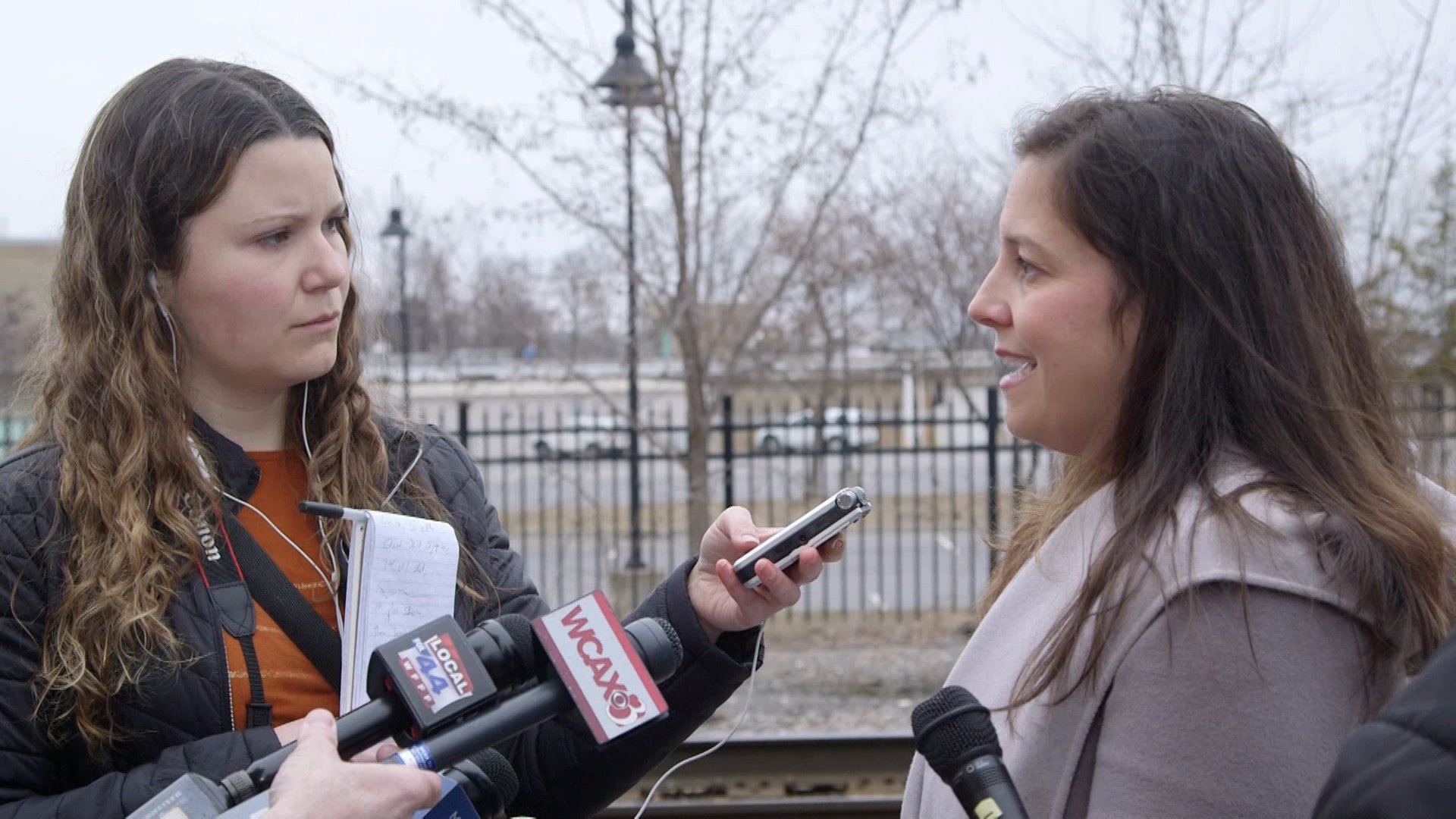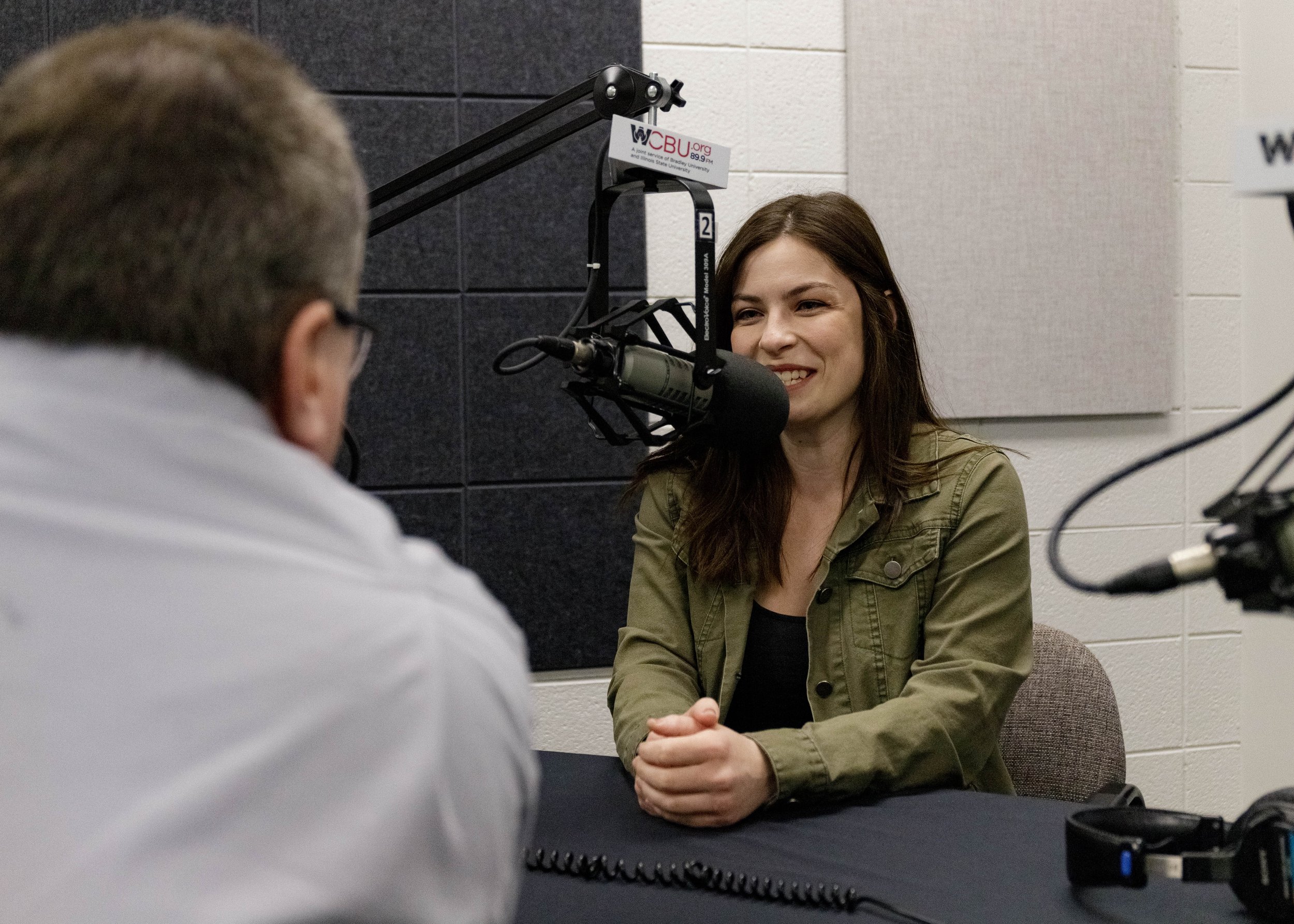Executive Summary
The dramatic decline of local newspapers has caused an information crisis in America. Today, 70 million people live without a credible source of local news. This vacuum weakens our communities and our democracy, leaving people without the information they need to play an active role in constructively shaping our world.
This year, the philanthropic community announced an intention to make bold investments to revitalize local journalism in America. They advanced a vision of a new “civic media system,” one that is collaborative and pluralistic, centered upon delivering civic information that strengthens democracy and meets the needs of communities.
The leaders of public media emphatically support this vision. Together, we seek to partner with colleagues across nonprofit journalism to build a stronger local news ecosystem. One that better serves rural and marginalized communities. One that is innovative, open and cooperative. One focused on strengthening democracy and improving quality of life for all.
Researchers have observed public media’s potential to fill the growing gaps in local news, noting that we are an established, essential and trusted local news provider. Noncommercial, broadly accessible and with an existing network of 3,200 journalists embedded in communities across all 50 states, public media offers a strong and flexible framework to build upon.
The urgency of America’s local journalism crisis has already sparked transformation across our network. Over a decade, local public media organizations added more than 900 journalists. We have forged innovative partnerships and expanded our public service to include an array of new digital journalism products. But our public service mission calls us to do more.
New philanthropic investment can accelerate these efforts and enable local public media organizations to expand service and grow into anchor institutions, supporting dynamic local news ecosystems in the communities they serve. At the same time, public media’s national network will allow us to scale innovations and bring effective ideas to other parts of the country. Local outlets can serve as hubs, connecting local newsrooms throughout their community to the broader public media network, which can provide shared services inexpensively and at scale.
To achieve this vision, we propose a two-pronged strategy that includes focused investment in local public media organizations and in the infrastructure to support and connect them.
We are grateful for the philanthropic community’s focus on rebuilding local journalism and stand ready to act together to reimagine and revitalize local news. We look to the future with hope, ready to grow our public service, evolve the way we work, and use the full power—and potential—of our network to help reshape America’s local news landscape to ensure that all communities have the information they need to thrive.
Top photo
>> Gulf States Newsroom: Reporter Maya Miller interviewing Benjamin Saulsberry, education director at the Emmett Till Interpretive Center, at the Tallahatchie County Courthouse in Sumner, Mississippi (Credit: Rashah McChesney)
“The crisis in journalism continues to accelerate, but public media is ready to leverage our existing resources to transform the crisis into a new ecosystem that better serves all people across America. We're already adding journalists and creating innovative collaborations, but it is time to do more.”
— Rachel Hubbard, Executive Director, KOSU, Oklahoma
Access the full position paper

WESA local Morning Edition Host, Priyanka Tewari, inside the station's studios in Pittsburgh, Pennsylvania (Credit: 90.5 WESA)

Cara Chapman, a reporter for North Country Public Radio, interviews Rep. Elise Stefanik (R-NY 21st District) at a press conference (Credit: Mike Hansen, Mountain Lake PBS)

Louisville Public Media reporters Jess Clark and Stephanie Wolf at the Kentucky State Capitol (Credit: J. Tyler Franklin)

WCBU Assistant Program Director and host Jody Holtz interviews a guest at the station’s studios in Peoria, Illinois (Credit: Emily Bollinger)
